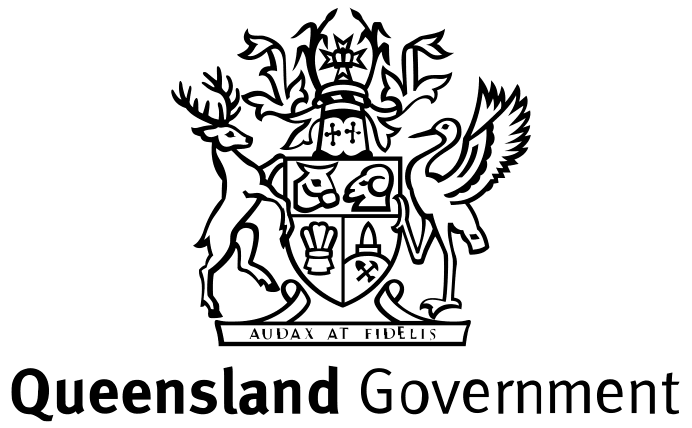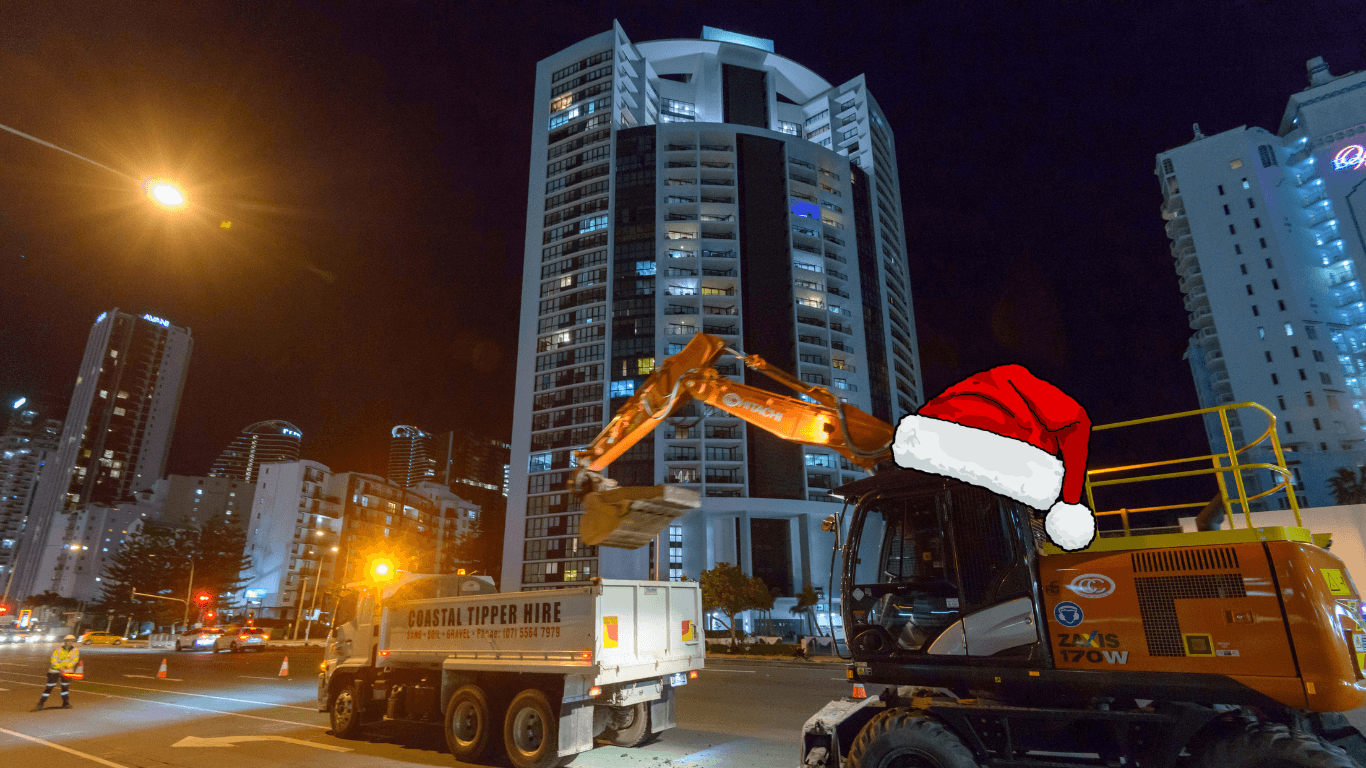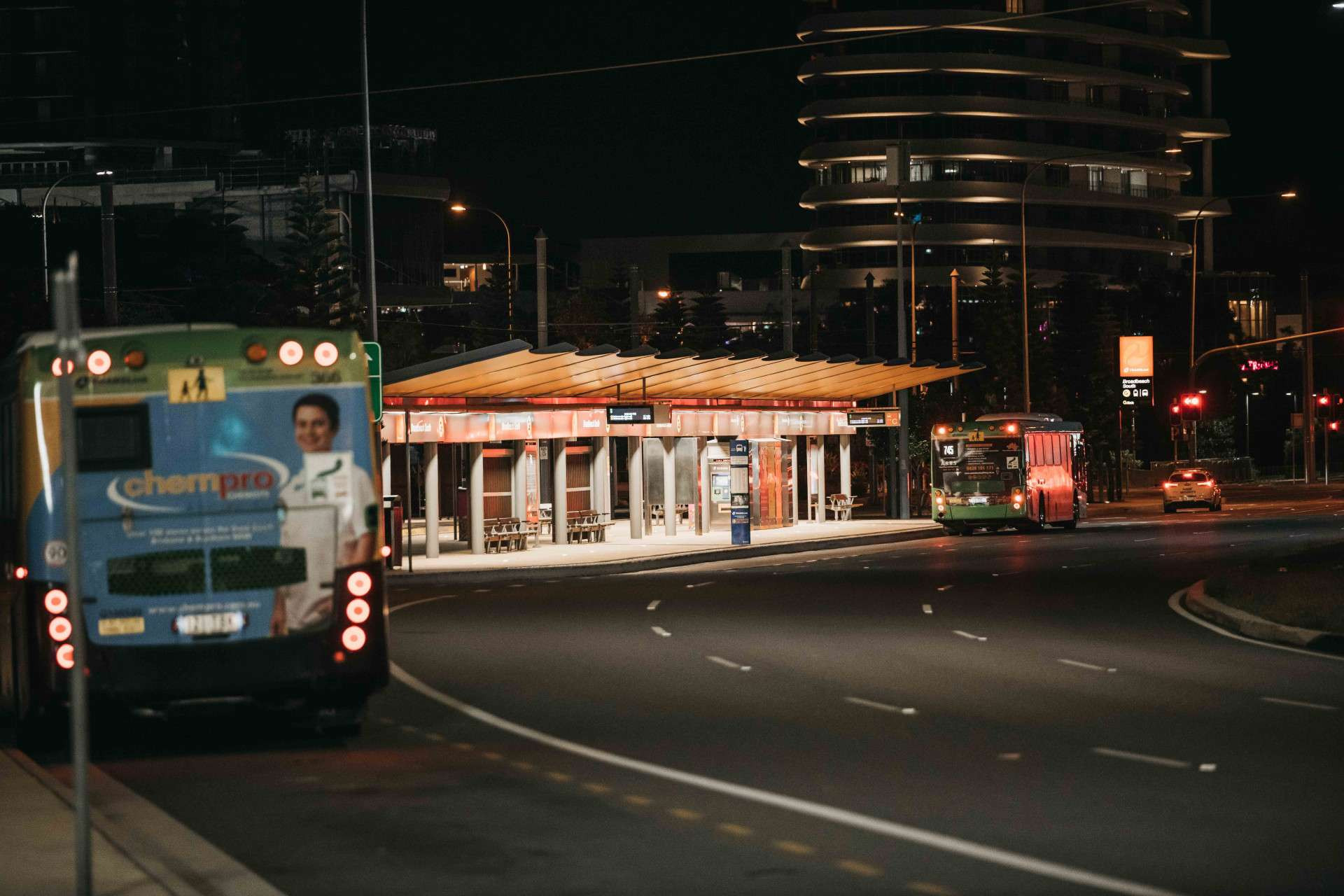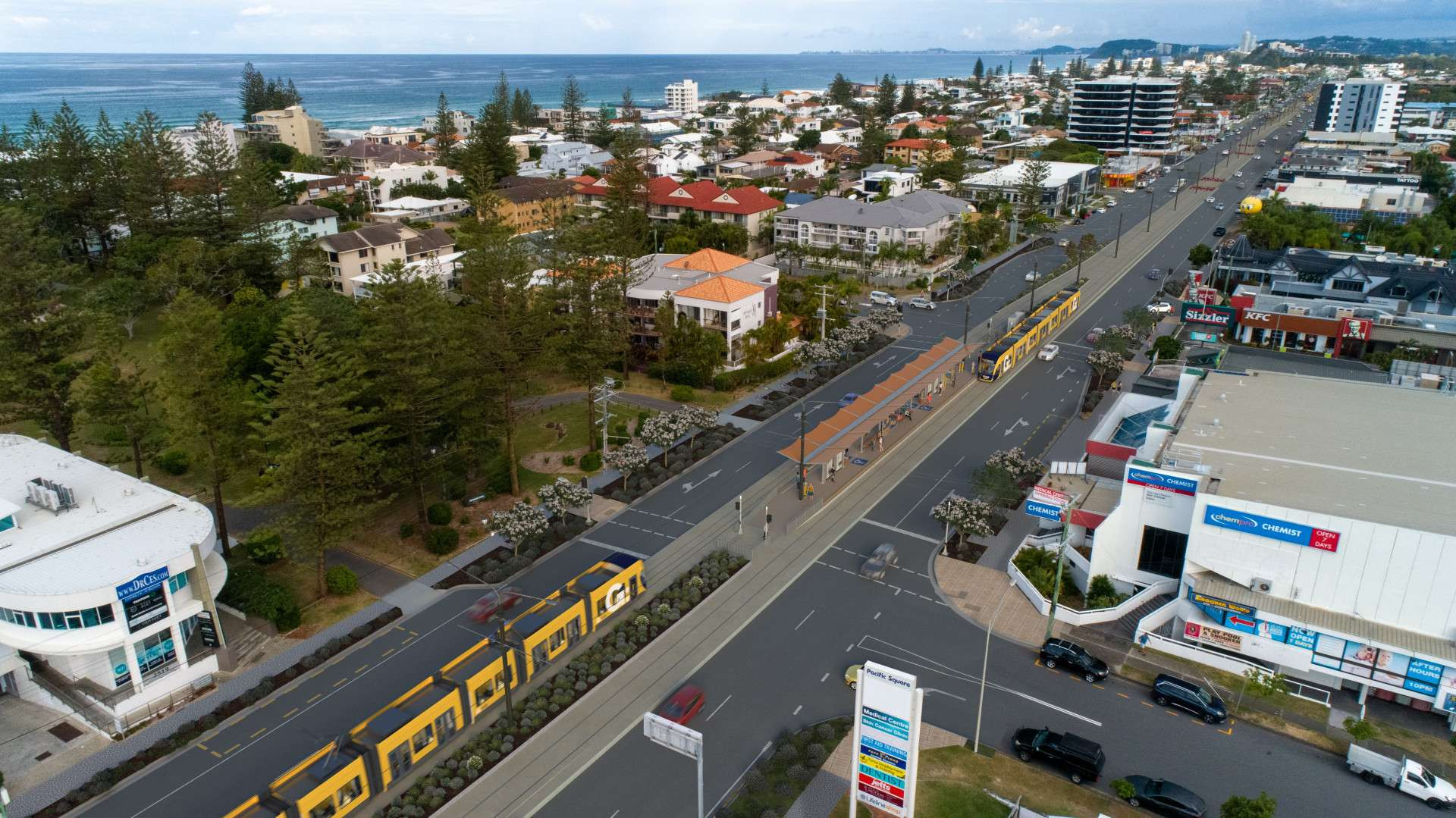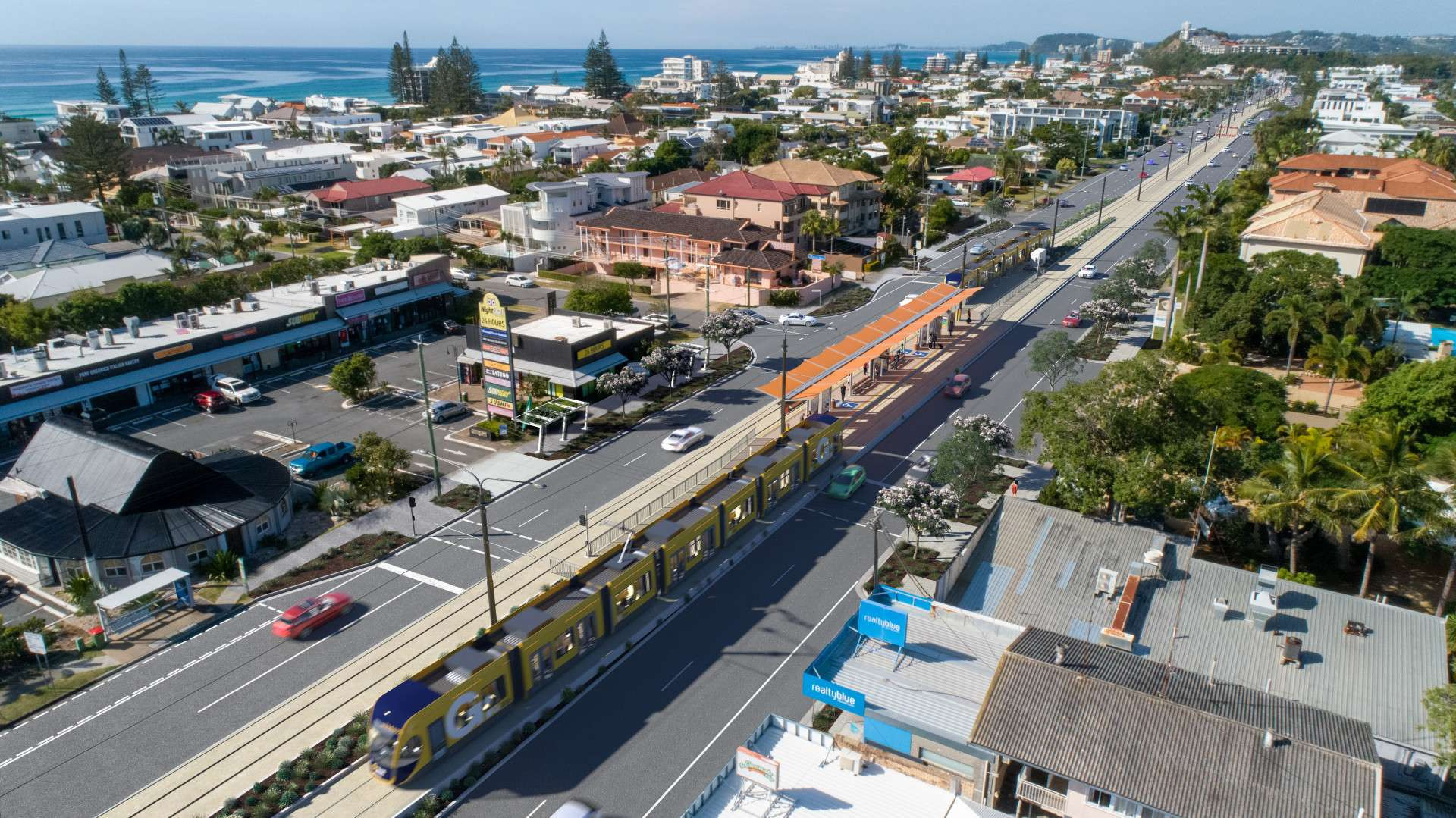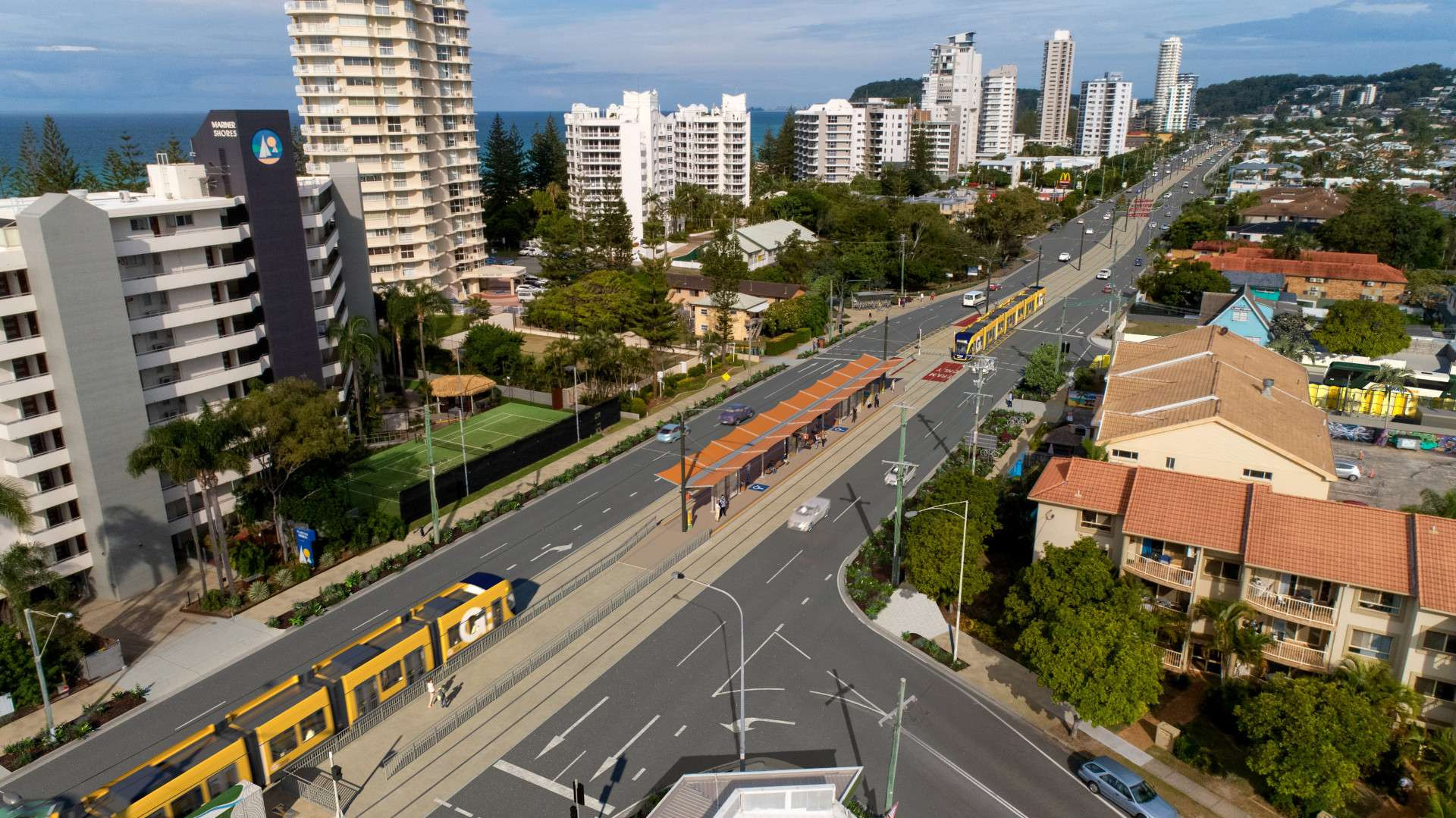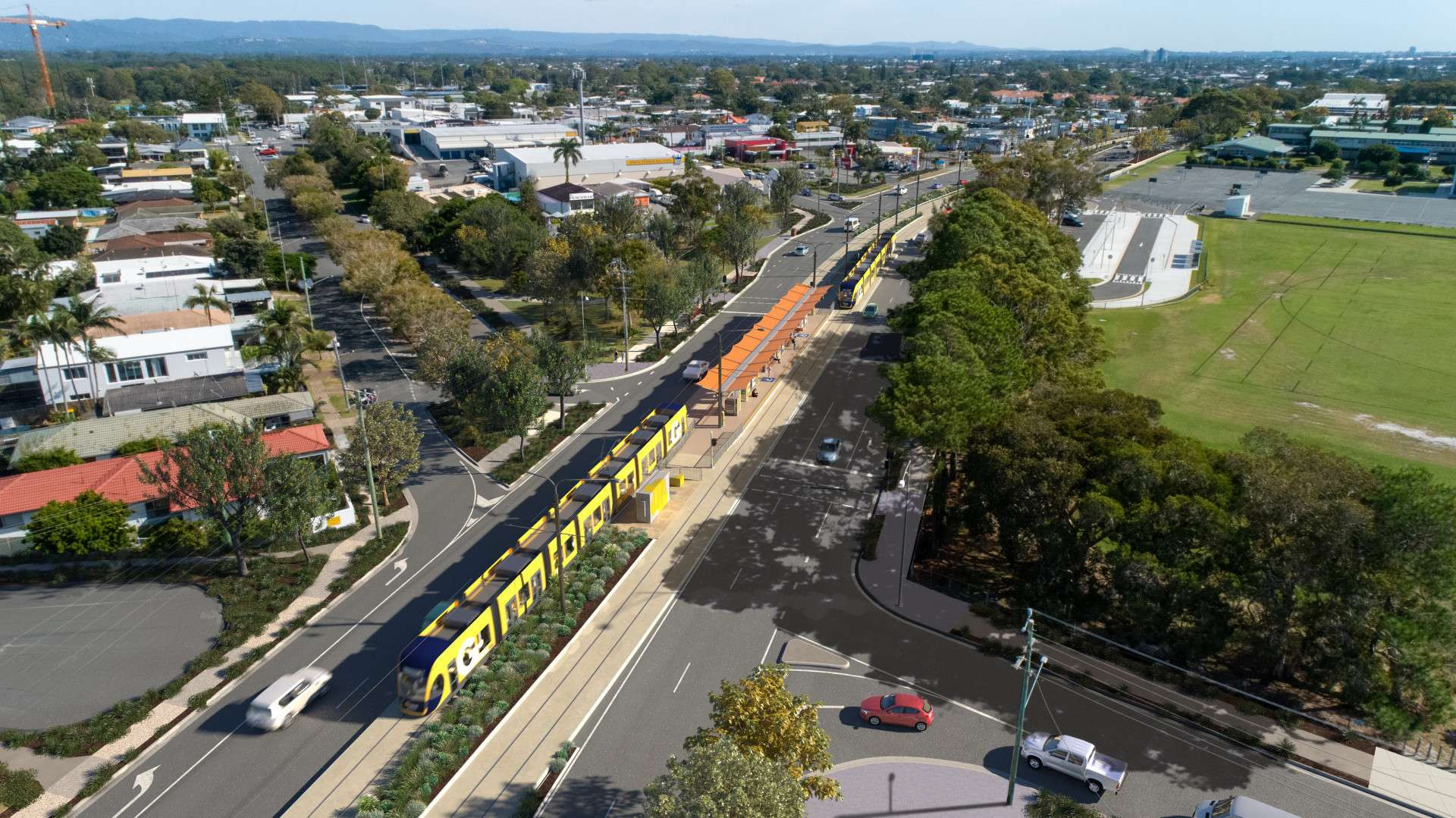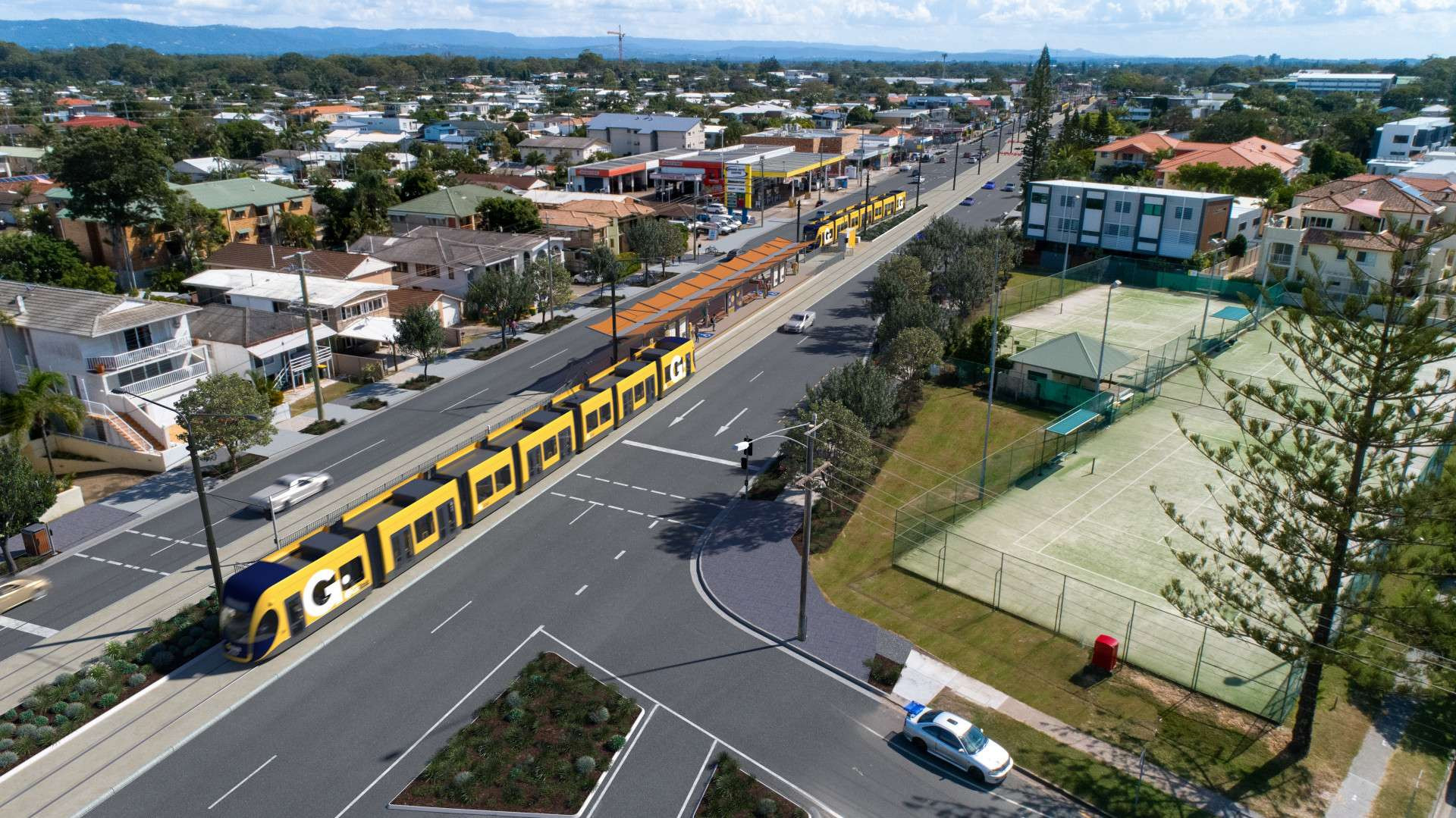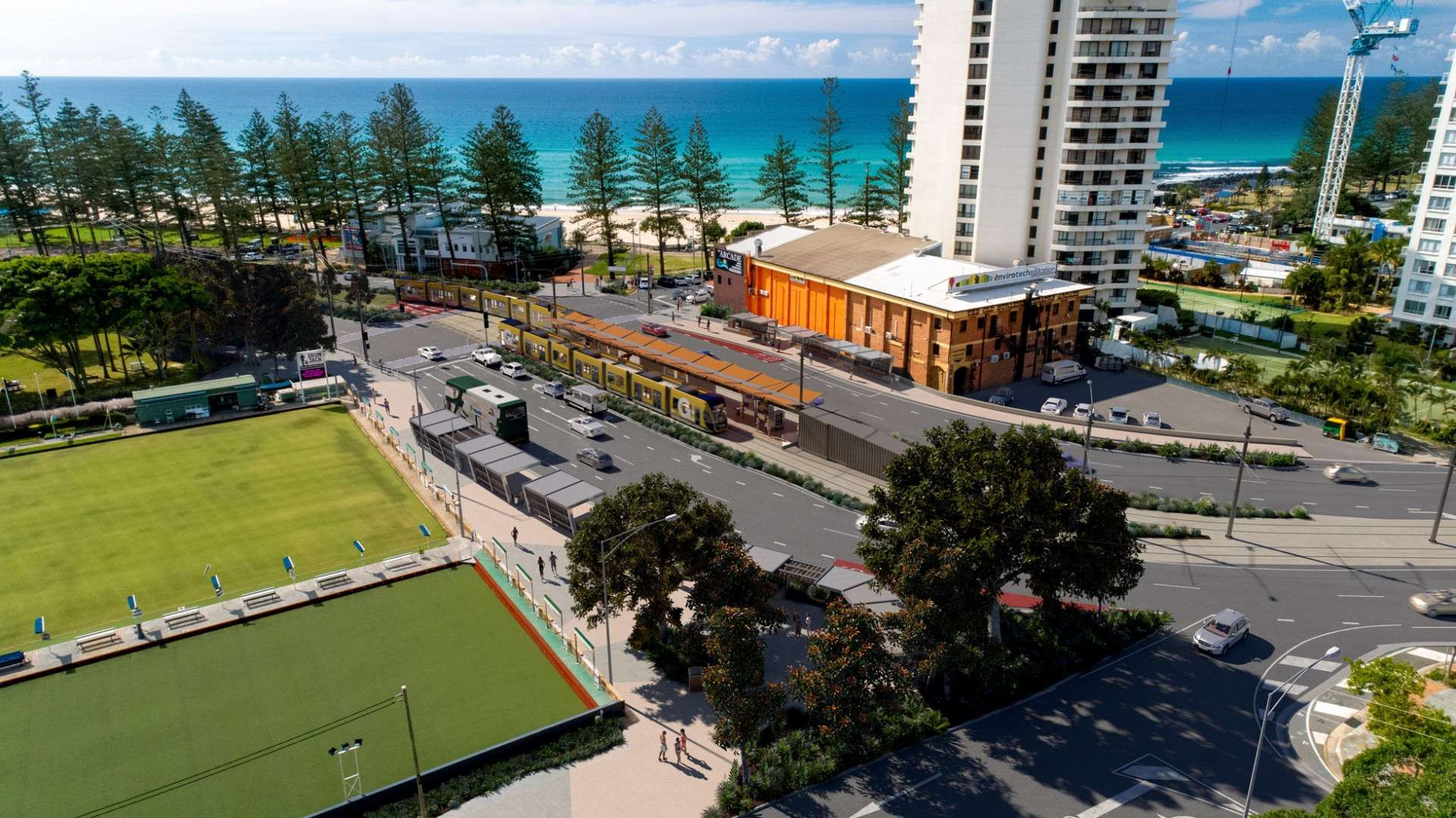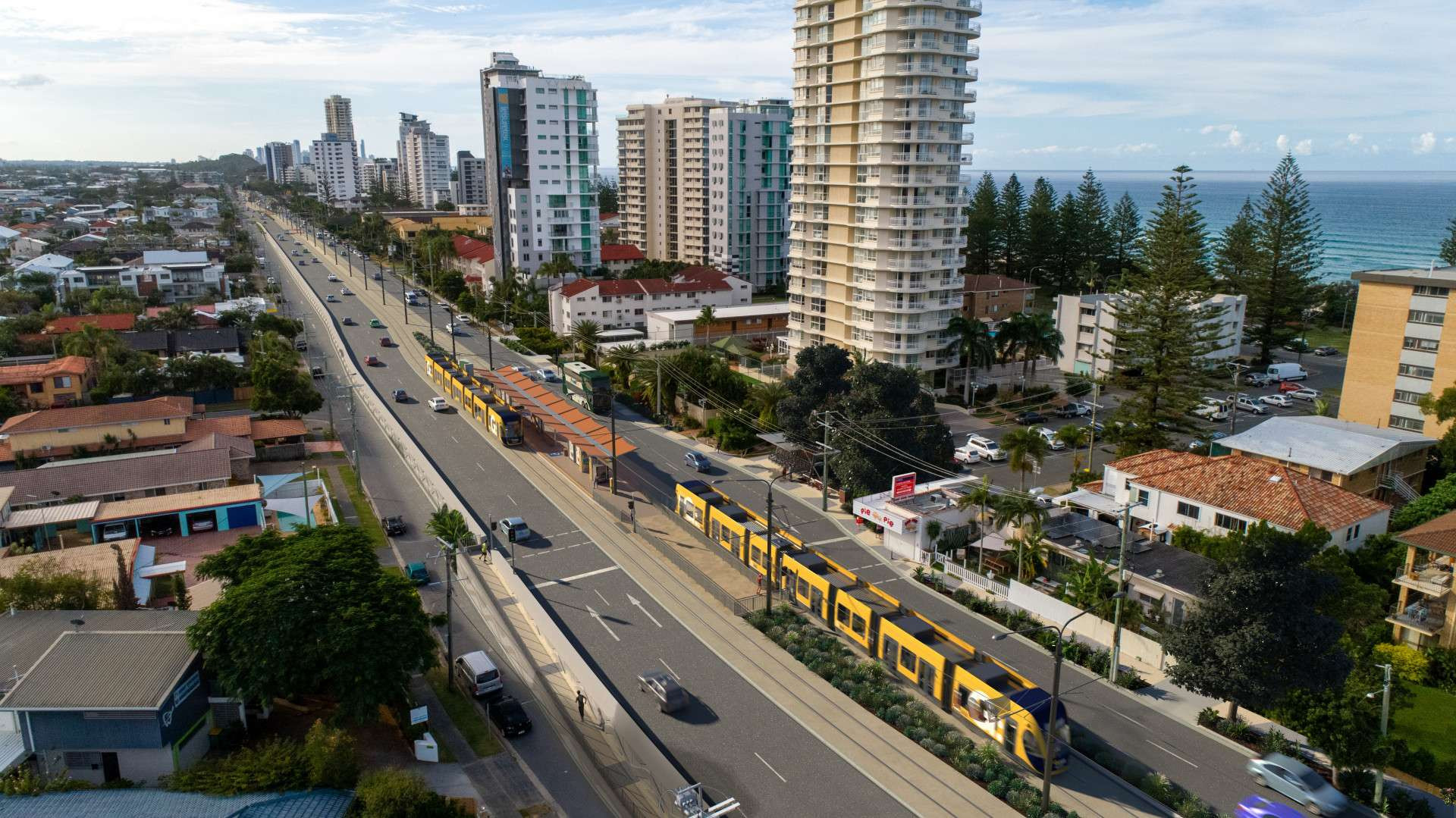Constructing GCLR3
The Queensland Government, in partnership with the Australian Government and the City of Gold Coast is delivering Gold Coast Light Rail Stage 3 (GCLR3), extending the light rail network by 6.7 kilometres from Broadbeach to Burleigh Heads.
Construction will take place across five distinct phases. Each phase brings a unique set of changes to surrounding communities, businesses, road users, pedestrians, bicycle riders and visitors.
Areas along the light rail corridor may be in different phases of construction at any one time.
The project team will keep the community informed of upcoming construction activities and potential impacts.
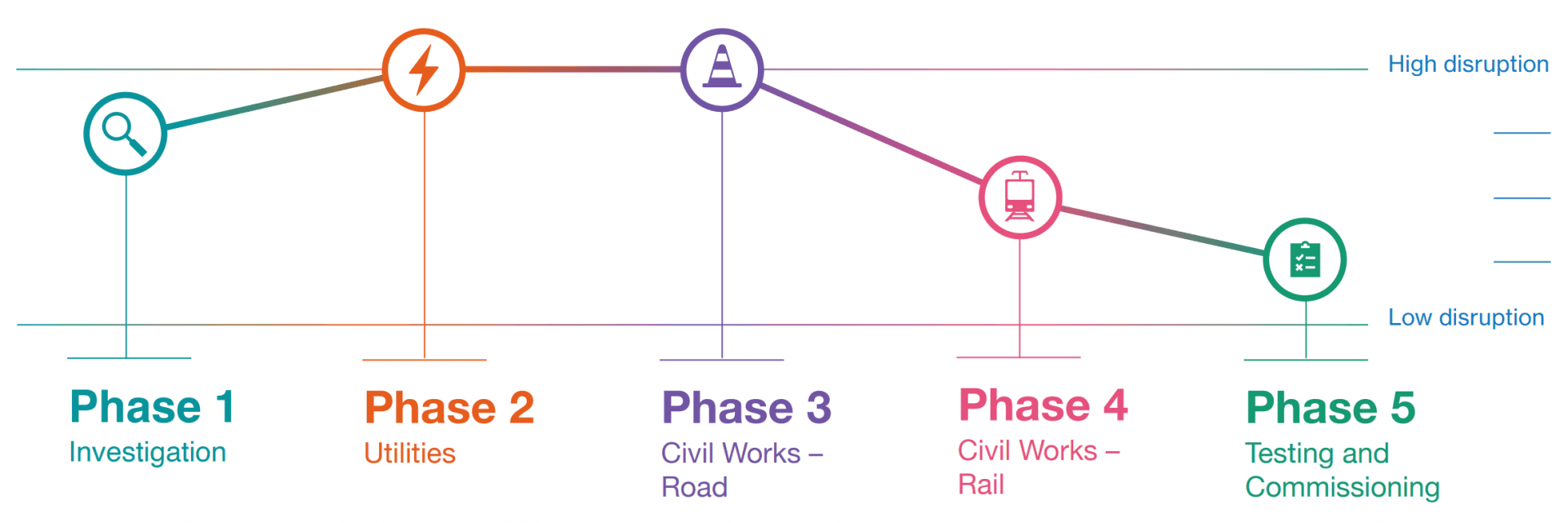
Phase 1
Investigation
Start of work with site and utility investigations to inform design
The GCLR3 project team must verify and map underground services prior to construction by undertaking site and utility investigations. This important information will help to inform the detailed design and assist with Phase 2 – Utilities.
What happens during this phase?
This period can be disruptive as we locate underground utilities such as power, gas, water, sewer, telecommunications and stormwater infrastructure in the road and footpath.
Investigations will involve the use of concrete cutters, jack hammers, non-destructive digging trucks and drilling machines to cut sections of the road and footpath away.
Some underground investigations will be undertaken during the day, however for safety reasons and to minimise traffic disruptions, most underground investigations will be done at night when there is less traffic on the road.
This phase includes night and day works.
Affected residents and businesses will be contacted by the project team prior to work commencing.
What can I expect?
There will be:
- moderate to high levels of disruption, with intermittent noise
- approximately 60-100 personnel on the ground to complete utility investigation works
- temporary traffic lane closures along the Gold Coast Highway and side streets
- a temporary reduction in on-street parking
- overnight footpath closures
- low levels of dust from concrete cutting (dust suppression measures will be in place).
Phase 2
Utilities
Relocation of utilities
Relocating utilities is essential to ensure the new light rail infrastructure does not interfere with services, and to provide access for maintenance teams in the future.
What happens during this phase?
Utility relocations signal the start of construction. This period is highly disruptive as we dig and open sections of the road to remove and relocate services such as water and sewer pipes, and telecommunication cables.
During this phase, high levels of noise and temporary disruptions to services are expected.
This phase includes night and day works.
Affected residents and businesses will be contacted by the project team prior to work commencing.
What can I expect?
There will be:
- high levels of disruption, with occasional high levels of noise
- temporary removal of on-street parking in work areas
- relocation of some bus stops
- changed access to side streets
- temporary changes to access points, including some driveways
- some vegetation or tree removal
- disruption to services, including water and electricity
- reduced speed limits.
Phase 3
Civil works - Road
Changes to roads, kerbs and footpaths
Changes to the road layout are needed to create room for GCLR3. Some surrounding local roads, service lanes and the Gold Coast Highway may be affected.
What happens during this phase?
We are making room for the future light rail system and will install temporary barriers and fencing to safeguard worksites.
Heavy equipment will be mobilised along the Gold Coast Highway including excavators, road profilers, compact rollers and concrete trucks. Some street furniture will be removed, and the road corridor will be modified to allow for traffic movement changes in preparation for the installation of tracks and light rail station infrastructure.
This phase includes night and day works.
Affected residents and businesses will be contacted by the project team prior to work commencing.
What can I expect?
There will be:
- high levels of disruption with occasional high levels of noise
- two traffic lanes maintained in each direction on the Gold Coast highway, with occasional overnight lane closures
- changed access to side streets and service lanes
- construction of cul-de-sac at some locations
- relocation of some bus stops
- removal of on street parking in work areas and some completed sections
- temporary changes to access points such as driveways and service roads for some residents and businesses.
Phase 4
Civil works - Rail and stations
Installation of tracks and cabling and construction of stations
Important light rail infrastructure including stations, overhead wires and traction stations are built to power, service and run the light rail.
What happens during this phase?
Rail will be laid in the centre of the Gold Coast Highway and above ground structures including light rail stations will be constructed.
Crews will use concrete boom pumps to install concrete down the centre of the Gold Coast Highway. Crane-mounted trucks will install tracks and station infrastructure.
This phase includes night and day works.
Affected residents and businesses will be contacted by the project team prior to work commencing.
What can I expect?
There will be:
- a moderate level of disruption with low to medium noise
- minor traffic impacts with some local detours in place
- permanent changes to on-street parking in some areas
- permanent changes to sight lines from some locations due to new above ground structures (overhead wires, stations) along the centre of the Gold Coast Highway
- two traffic lanes maintained in each direction on the Gold Coast Highway with reduced speed limits in place.
Phase 5
Testing and commissioning
Checking systems and functionality while the finishing touches are completed
In this phase we ensure light rail services and equipment are ready for operation. The test data from this phase also informs future maintenance records and service work.
What happens during this phase?
Empty test trams will run between Broadbeach South and Burleigh Heads to ensure equipment is functional and intercom systems and display screens are correct.
This phase includes night and day works.
Final finishing works including landscaping will take place around the light rail stations and corridor. Once complete, passenger services from Helensvale to Burleigh Heads will commence.
What can I expect?
There will be:
- low levels of disruption
- empty trams running between Broadbeach South and Burleigh Heads stations during the testing phase
- upgrades to existing intersections to allow pedestrians to access the new stations
- permanent changes to on-street parking in some areas
- safety and awareness campaigns to prepare the community for GCLR3
- two traffic lanes maintained in each direction on the Gold Coast Highway with reduced speed limits in place
- passengers service operational from 2025, with eight new light rail stations located at Mermaid Beach, Mermaid Beach South, Nobby Beach, Miami North, Miami, Second Avenue, Christine Avenue and Burleigh Heads.



